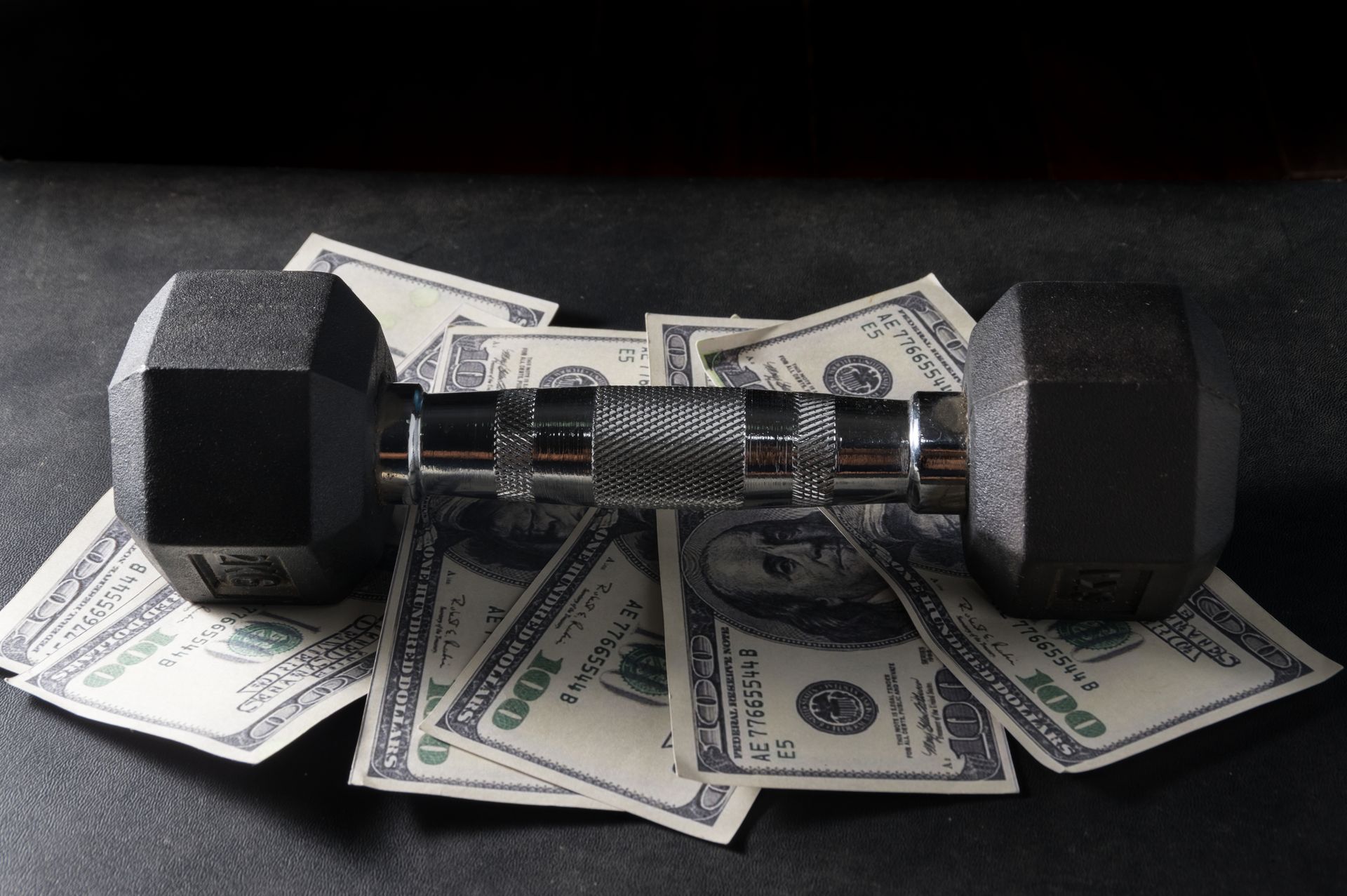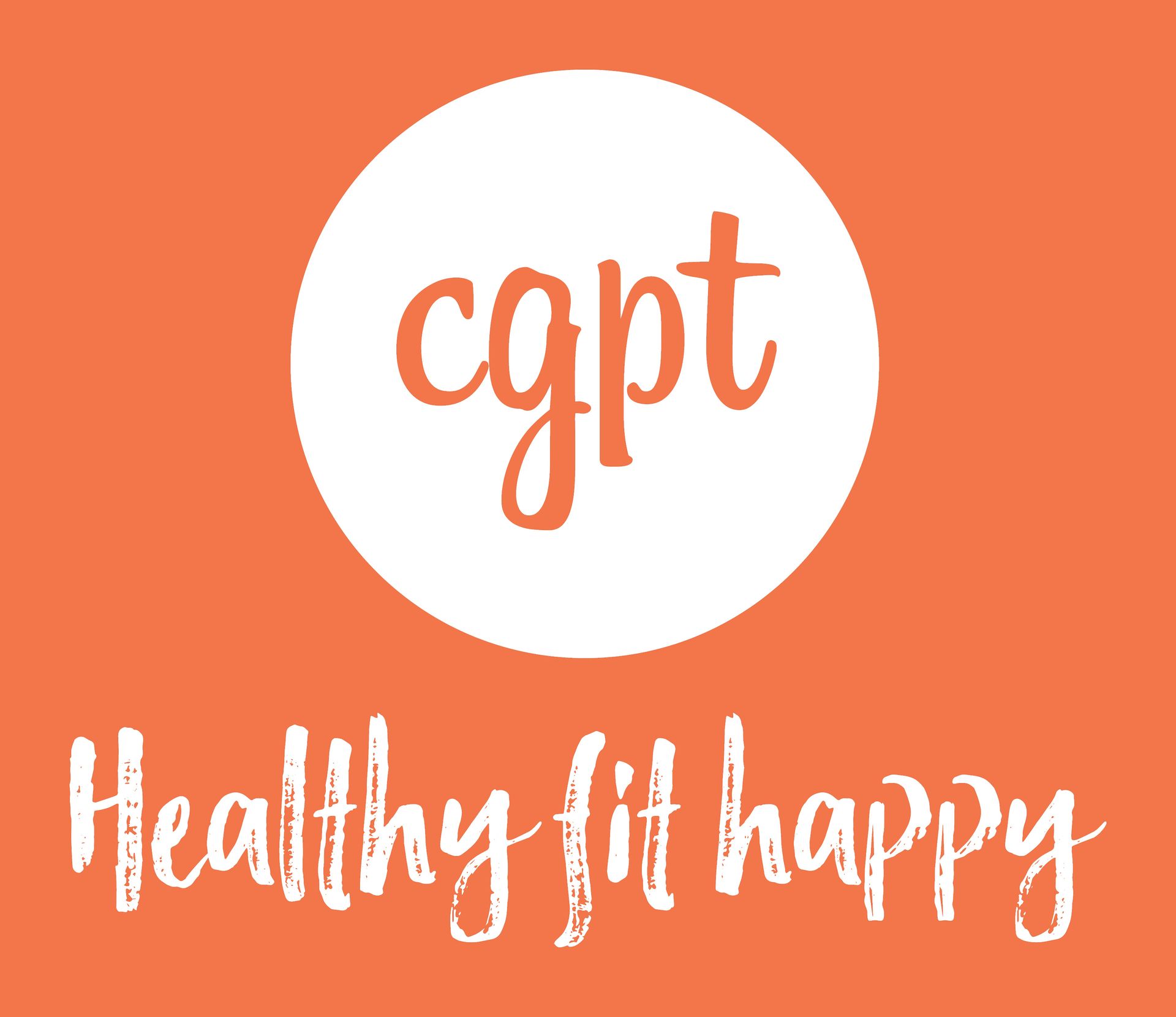Train Like an Athlete: How Everyday People Can Benefit from Performance-Based Strength Programs
Train Like an Athlete: How Everyday People Can Benefit from Performance-Based Strength Programs
At Chris’ Gym in Hawthorn, we often hear questions like:
“Isn’t that style of training only for elite athletes?”
You don’t have to be chasing premierships, podium finishes or even weekend comps to train like an athlete. In fact, some of the biggest benefits of performance-based strength programs come when everyday people - busy professionals, parents, ex-athletes or casual gym-goers – start applying the same principles that elite athletes rely on.
From sharper movement to better injury resilience and serious confidence boosts, let’s explore why training like an athlete might be exactly what your body (and mind) needs right now.
What Does It Mean to Train Like an Athlete?
Performance-based training goes beyond simple weight loss or basic gym machine circuits. It focuses on building a body that performs well in all situations, using methods traditionally reserved for competitive athletes.
At CGPT, this means your program will likely incorporate:
Big foundational lifts: Squats, deadlifts, bench presses and rows build total-body strength, support joint health, and improve coordination.
Explosive power work: Movements like medicine ball throws, sled pushes, kettlebell swings or jump variations enhance your ability to generate force quickly, which is essential for real-life tasks and sport.
Unilateral and balance-focused exercises: Single-leg or single-arm variations correct asymmetries, improve balance, and build stabilising muscles to protect joints.
Mobility, activation, and structural work: Carefully selected warm-ups, corrective drills and stretching maintain optimal joint mechanics, reducing the chance of injury.
Conditioning that means something: Rather than endless treadmill sessions, you might push a sled, use loaded carries, or do rowing intervals that build stamina in a functional way.
Adam Flint, one of our trainers at CGPT, often explains it like this:
“Athletes train to move well under all sorts of loads, angles and speeds. That’s exactly what life demands too — whether it’s running for a tram, carrying bags of mulch for the garden, or keeping up with your kids.”
The Scientific Proof: Why Athletic Training Delivers Superior Results
This isn’t just philosophy - the evidence is compelling.
Functional strength drastically lowers injury risk
A landmark systematic review in the British Journal of Sports Medicine (Lauersen et al., 2014) found that strength training cuts sports injuries by an average of 66 percent. While that statistic comes from athletic cohorts, the same mechanics protect everyday people from strains, falls and overuse injuries. By strengthening connective tissues and improving muscle recruitment patterns, your body becomes more robust under any load.
Power and plyometric training benefit muscles and tendons
Research in the Journal of Strength & Conditioning Research (Waugh et al., 2013) highlights that explosive exercises build tendon stiffness and muscular power more effectively than slow resistance work alone. This “spring-like” quality is crucial not just for athletes, but for anyone who wants to stay quick on their feet and injury-resistant.
Balance and single-limb work improves coordination and reduces falls
Studies published in Physical Therapy in Sport (Bishop et al., 2021) confirm that unilateral training enhances proprioception and corrects muscle imbalances. For the average person, that means fewer rolled ankles, fewer awkward back tweaks, and more confidence in daily movement.
Resistance training significantly improves mental health
A comprehensive review in Sports Medicine (Gordon et al., 2017) found that structured resistance training meaningfully lowers rates of anxiety, depression and perceived stress. The psychological boost from feeling strong and capable is one of the most underrated aspects of athletic training.
What Makes CGPT Different
At CGPT, you won’t find rows of crowded treadmills or be left to figure out complex lifts on your own. Our small, private setting means every client receives:
Personalised programming: Your workouts are built around your goals, current fitness level, and any past injuries. If you’re an ex-basketballer with an old knee issue, your program might emphasise lateral stability and careful knee tracking. If you’re a busy executive with tight hips from long hours at a desk, your block might prioritise mobility and glute engagement.
Expert movement coaching: Our trainers like Laurence LaRosa, Tim Walker and Adam Flint spend years studying biomechanics and coaching cues. They’re not just watching your rep count - they’re refining your technique in real-time to ensure every lift builds you up, rather than breaking you down.
Evidence-backed progression: From fractional plates that allow precise incremental increases to lifting wedges that optimise joint angles, we use pro-level tools to drive consistent progress without overloading your body.
A supportive, non-intimidating environment: Many of our clients started by saying they were “not gym people.” What they discover is a community that celebrates capability, strength and resilience – not just aesthetics.
Specific Tools and Methods You’ll See at CGPT
We pride ourselves on bringing advanced strength techniques and tools to everyday clients. A few examples:
Sled pushes and pulls: Unlike high-impact plyometrics, sleds allow you to develop explosive power and conditioning with virtually no joint stress. They’re incredible for building force through the hips, knees and ankles - vital for sports and daily life.
Wrist wraps and lifting straps: These are often misunderstood as just for powerlifters. In reality, wrist wraps stabilise your joints under pressing loads, reducing strain on tendons. Straps help secure grip on heavy pulls, so your back and legs aren’t limited by smaller forearm muscles.
Resistance bands and chains: Adding bands or chains to lifts changes the resistance curve - making the lift harder where you’re strongest. This builds top-end force production and keeps muscles under tension through the full range.
Fractional plates: Adding as little as 0.5 kg lets us make micro-progress that protects joints and confidence, avoiding the “all or nothing” jumps you see in most commercial gyms.
How This Approach Helps Everyday Clients
Training like an athlete is about building a body that performs under any circumstances. It’s particularly effective for:
Ex-athletes: Many of our clients used to compete in sports. They love reconnecting with structured, performance-focused training that challenges them beyond basic fitness.
Busy professionals: When you only have three sessions a week, you need every minute to count. We build comprehensive sessions that improve strength, power, mobility and conditioning all at once.
Older adults wanting longevity: Power declines nearly twice as fast as raw strength as we age. By training explosively - safely, under expert supervision – we maintain fast-twitch muscle function critical for balance and falls prevention.
Anyone bored with typical gym programs: If counting calories on cardio machines doesn’t motivate you, learning to deadlift, sled push or jump onto boxes under careful guidance might reignite your love for movement.
Why These Tools Have Become Core at CGPT
We’ve built our gym to give clients an edge that goes far beyond general fitness. Using these principles and tools:
1. We can help prevent injuries before they occur, not just rehab them after the fact.
2. We develop power that translates into quicker reactions and more confidence on the tennis court, golf course or even climbing stairs.
3. We support mental health and stress resilience through training styles shown to significantly lower cortisol and improve overall mood.
Laurence often says:
“It’s not about how much you can lift on day one - it’s about how well you can move, and how strong and balanced we can make you over the long term.”
The Bottom Line: You Don’t Need to Be an Athlete to Train Like One
Performance-based strength training isn’t reserved for pros. It’s how you build a body that not only looks fit, but moves powerfully, stays pain-free, and keeps you active for decades.
If you’re tired of chasing the same goals with lacklustre results, or want to explore what your body is truly capable of under expert guidance, CGPT is ready to help.
Get in touch with us today to book your initial consultation and movement screen. It’s the first step to discovering a smarter, more purposeful way to train and experiencing what it’s like to finally feel and perform like an athlete, whatever your life stage.
References
Lauersen, J. B., Bertelsen, D. M., & Andersen, L. B. (2014). The effectiveness of exercise interventions to prevent sports injuries: a systematic review and meta-analysis of randomised controlled trials. British Journal of Sports Medicine, 48(11), 871–877.
Waugh, C. M., et al. (2013). Effects of explosive vs. slow resistance training on muscle-tendon complex function. Journal of Strength & Conditioning Research, 27(10), 2949–2958.
Bishop, C., et al. (2021). Unilateral vs. bilateral training for improving strength and power. Physical Therapy in Sport, 50, 25-32.
Gordon, B. R., et al. (2017). Association of resistance exercise with the incidence of depression and anxiety. Sports Medicine, 47(12), 2387–2398.




